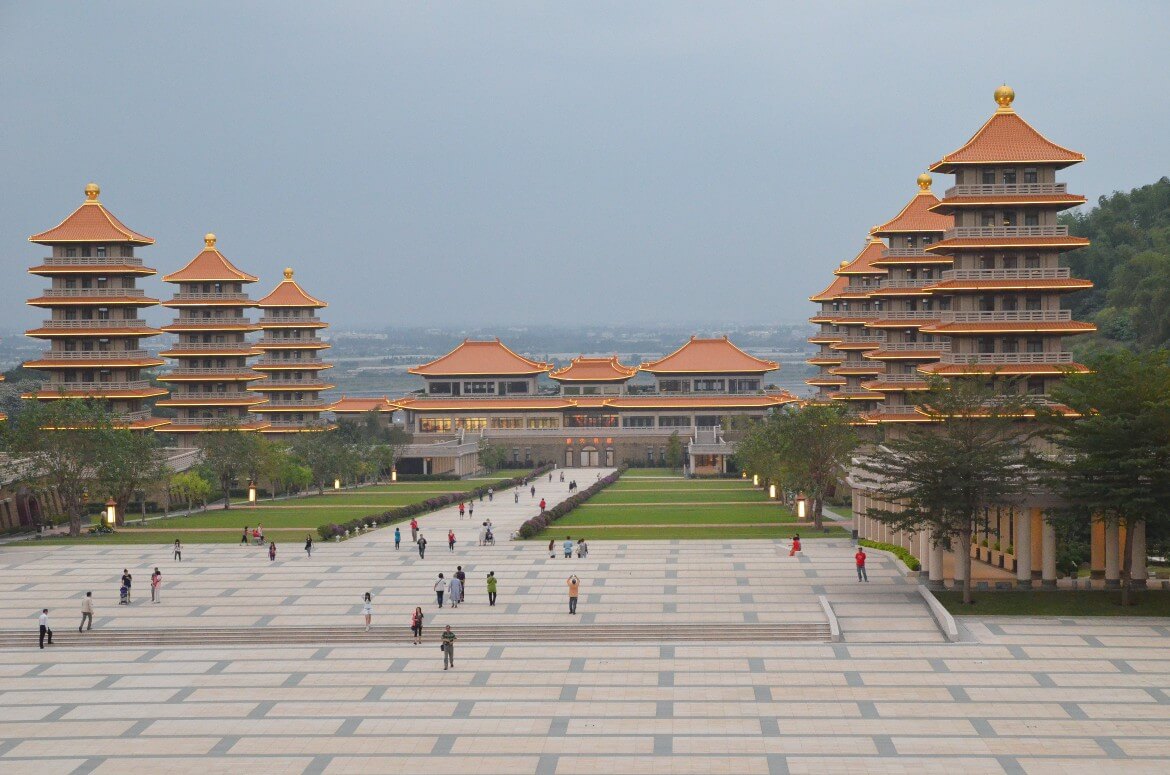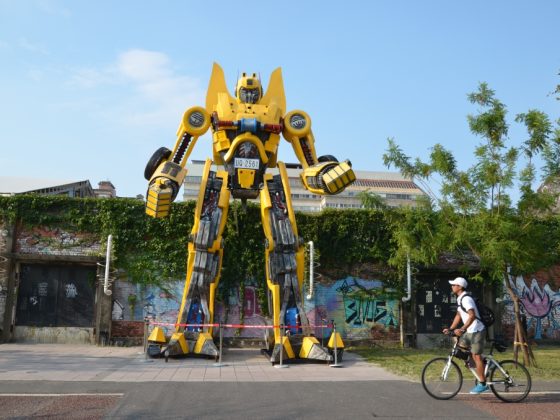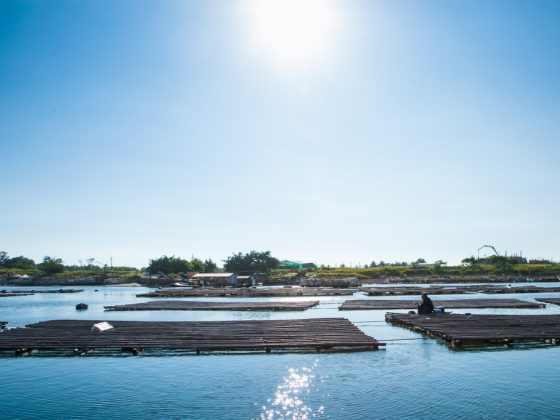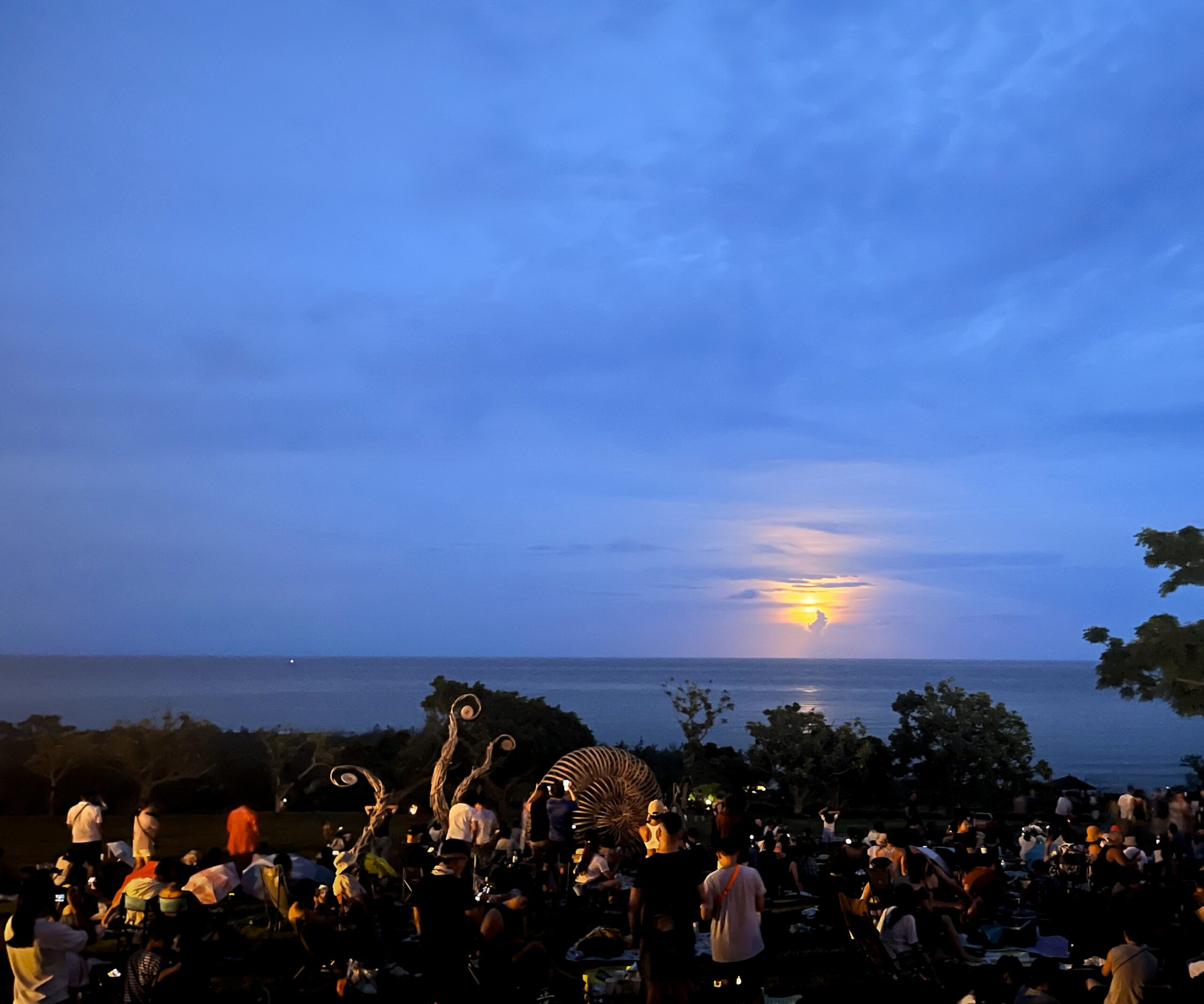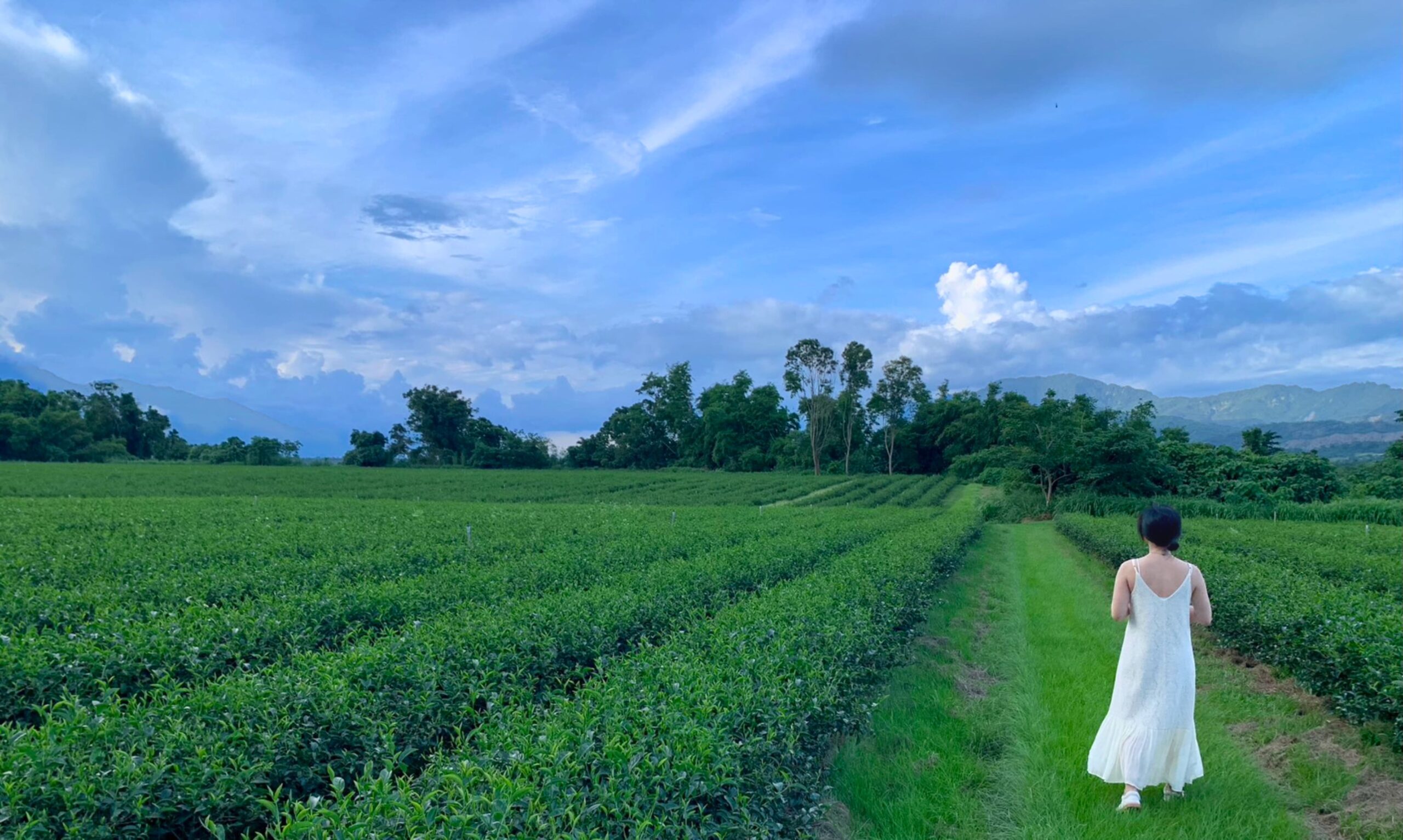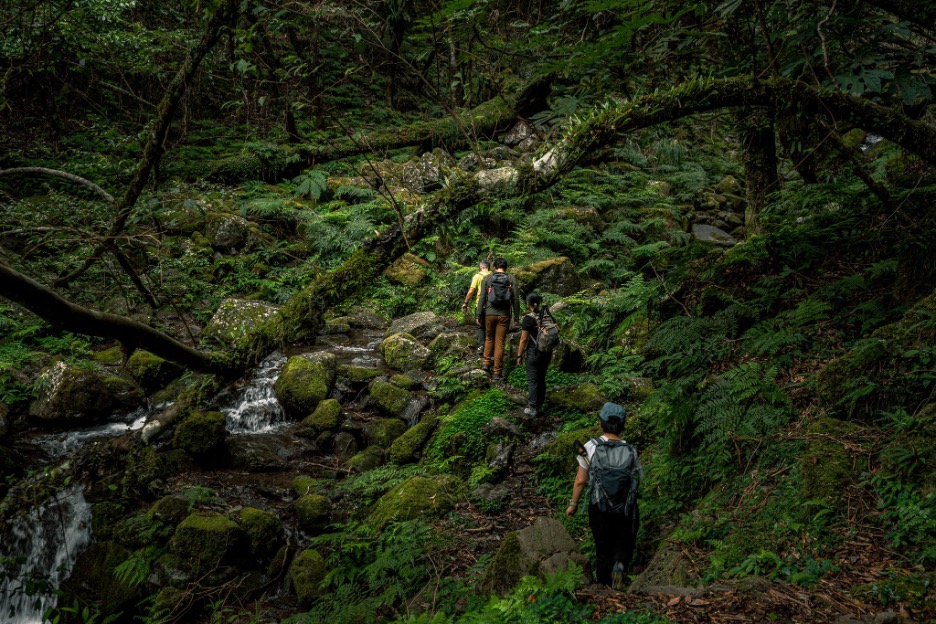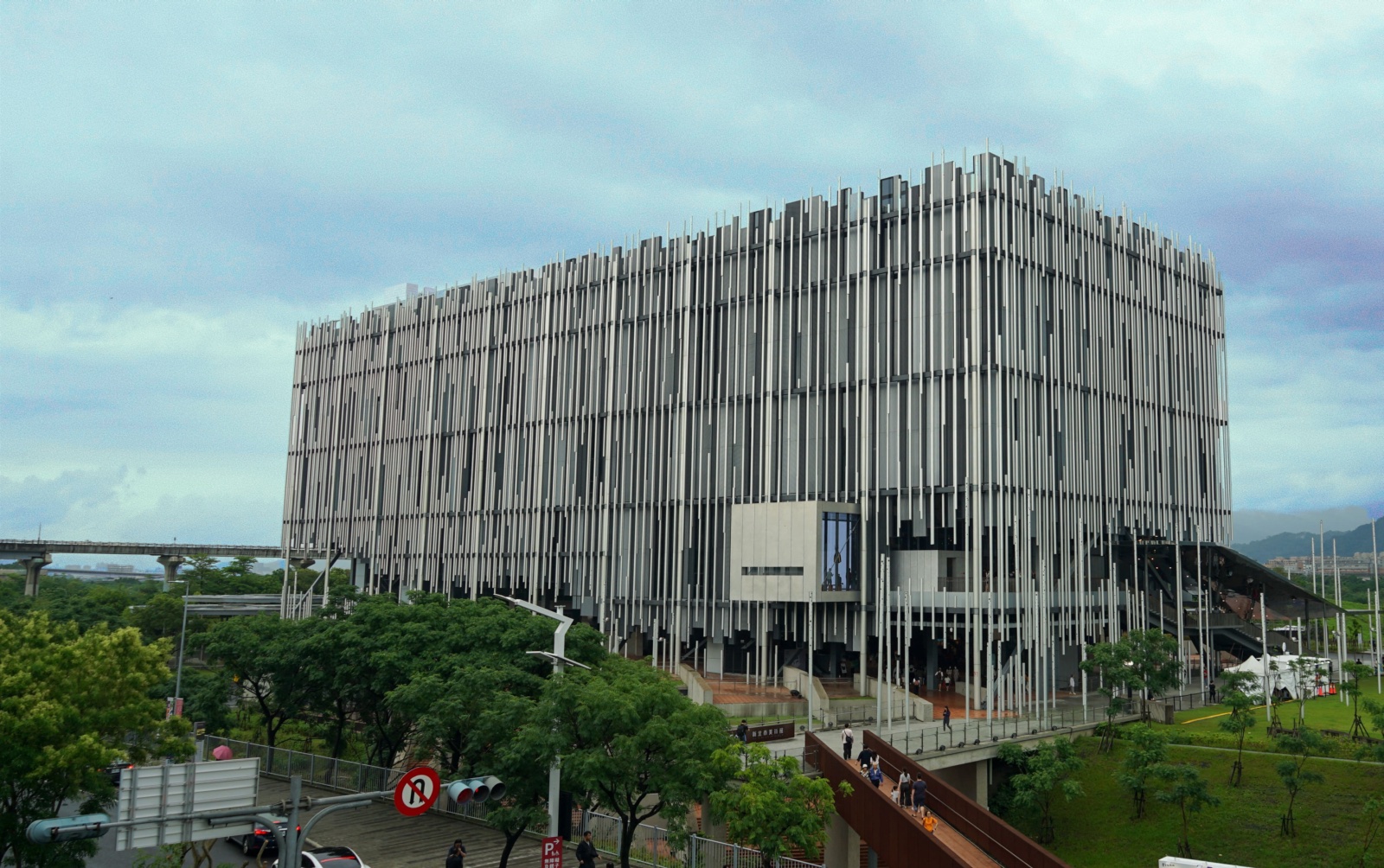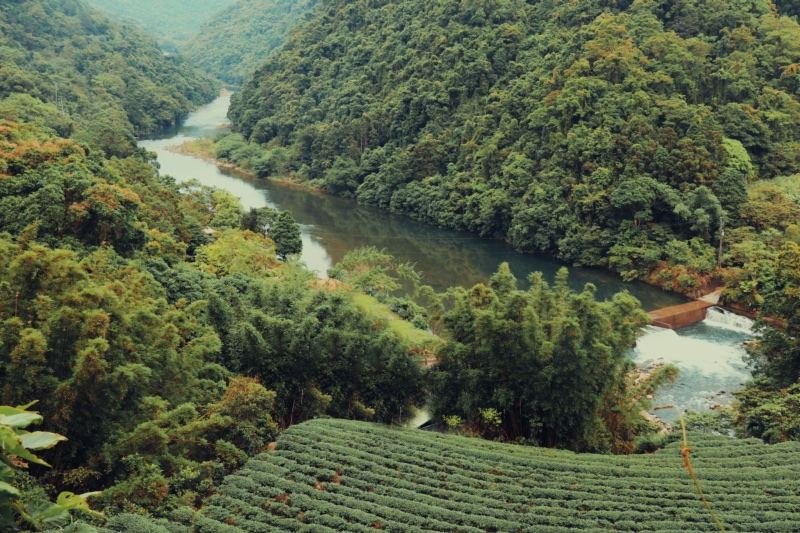Text: Owain Mckimm
Photos: Aska Chi
“Drink the water of Dashu,” goes an old Taiwanese saying, “and you’ll ever be thin and beautiful” – a fine reason, if any were needed, to visit this pleasant riverside Kaohsiung City suburban area in southern Taiwan. Most visitors to Dashu are, however, not concerned with such cosmetic foibles, and instead flock to the area with a more spiritual motive – to pay homage to a Buddhist holy relic held at the Fo Guang Shan Buddha Memorial Center. (Read more: 5 things to do in Kaohsiung)
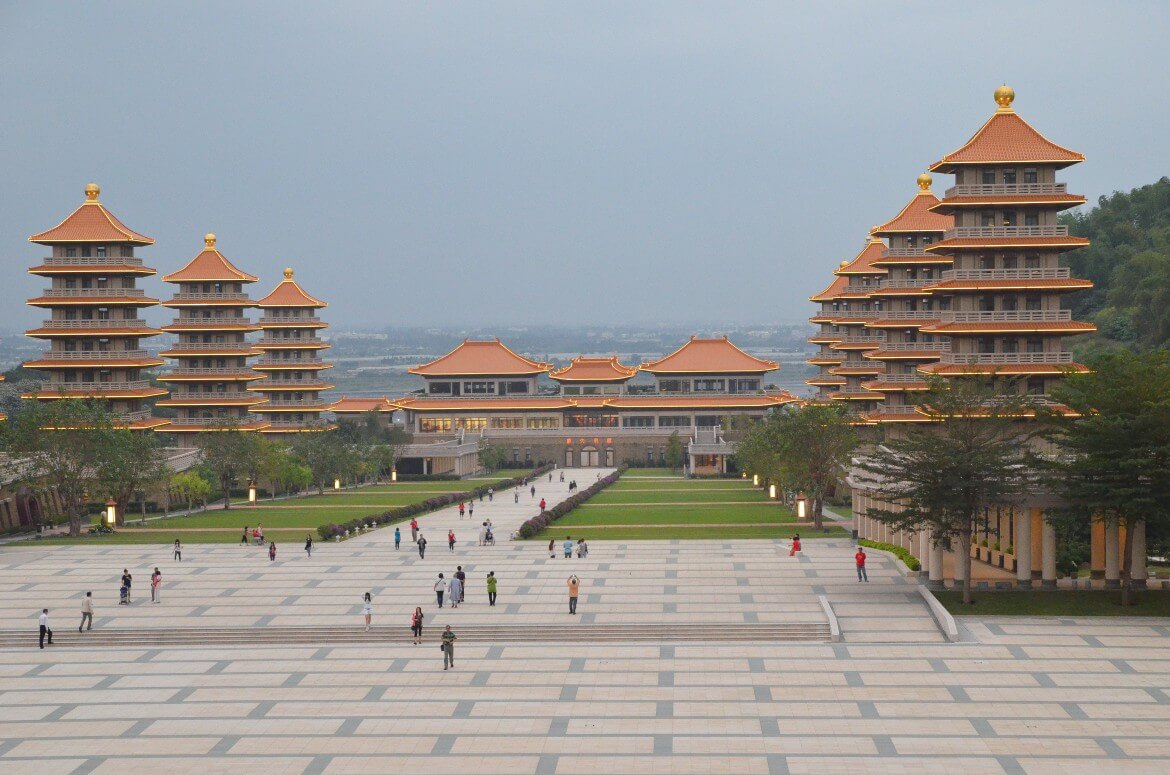
Stop I – San-He Tile Kiln
Our first stop on our trip to Dashu (大樹) is the San-He Tile Kiln (三和瓦窯), a near century-old ceramics factory nestled in the Old Railroad Bridge Education Wetland Zone (舊鐵橋溼地教育園區). The factory’s three imposing brick kilns, one of only two sets of large-scale traditional kilns in Taiwan still in use, are the last remnants of Dashu’s former glory days as the brick-and-tile capital of Taiwan. “In the first half of the 20th century there was a big demand for ceramics,” explains Xu Xi-ping (許西平), our factory guide, “because Taiwanese villages and towns were mostly collections of traditional courtyard houses, which used ceramics not only for basic construction but for their windows, drainpipes, and eaves as well.” During the ’60s, however, the concrete revolution caused the dwindling of this business.
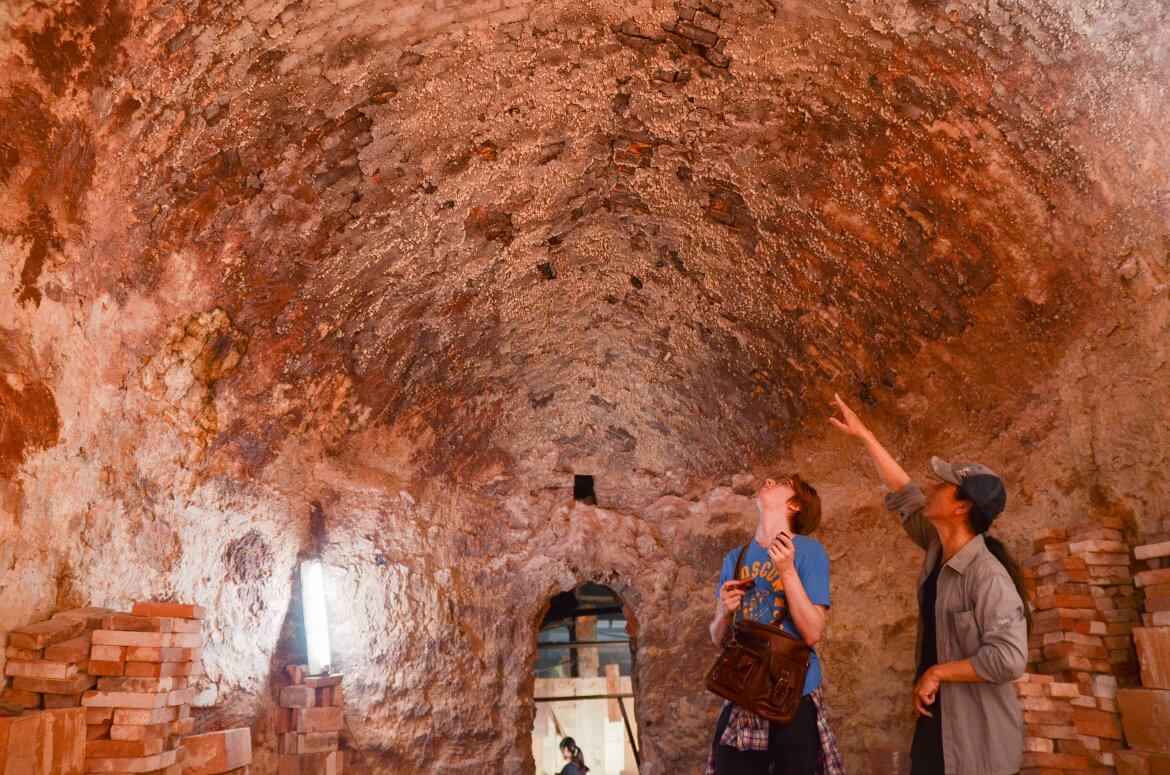
Once a set of eight, the remaining three kilns – each with an internal volume of 144 cubic meters – stand side by side in the rear of the factory like three fire-blackened turtle shells. We duck inside one, its ceiling and walls hoary with the ash of decades of firing clay. Xu explains that after stacking the bricks or tiles in the kiln, wood and rice husks are burnt around the clock for two months in the fire-well by the door, which allows the internal temperature to slowly inch its way upward to just over 1,000°C. After that, the kiln is sealed and allowed to stew in its own heat for a fortnight; the heat is then slowly vented over another two weeks.
With demand for structural ceramics at a low, the factory now almost solely produces materials for the refurbishment and reconstruction of old buildings, though it does have a lucrative side-line in ceramic tableware such as coasters and trivets.
Visitors are offered the chance to do some DIY, including designing and making their own tableware and sculpting clay figurines. I opt for a session in which you make a mosaic out of shattered tile pieces. In a moment of adopted patriotism, I attempt “Taiwan” in Chinese characters, and am complimented on my calligraphy more out of politeness, I suspect, than anything else.
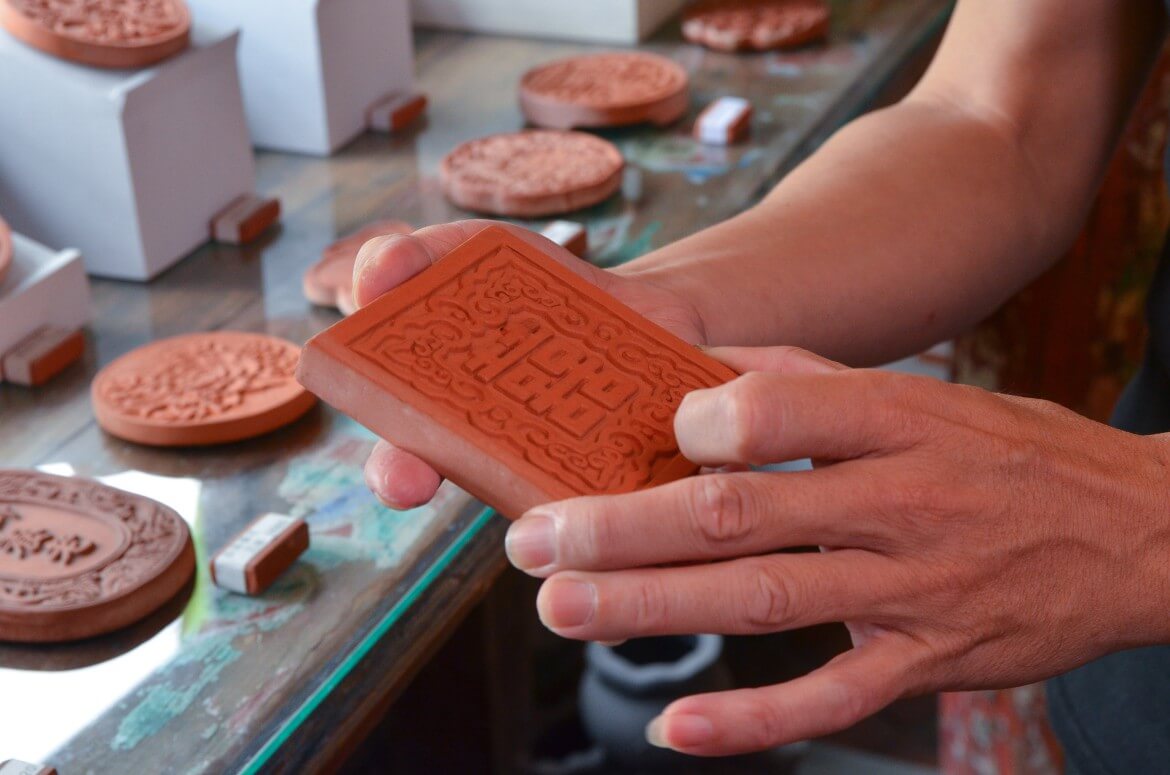
Stop II – Wetland Ecological Park
With half an hour to kill while the glue on my mosaic masterpiece dries, we decide to spend a little time exploring the surrounding Education Wetland Zone (溼地教育園區). Bicycles can be rented per hour at the park’s Volunteer Hut. The vast stretch of constructed wetland was created in 2002 in order to purify the area’s river water, until then blighted by industrial and agricultural pollution. The wetland was largely laid waste in 2009 in flooding caused by Typhoon Morakot, but an extensive campaign by local volunteers has now restored the artificial wetland, the largest of its kind in Taiwan, to its former glory. A paradise for birdwatchers, it is visited by over 140 bird species, the most common of which are identified on information boards in Chinese, though hardcore twitchers should have no real problems identifying these from the pictures provided. The best time to see the local birdlife is dawn and dusk – so we, visiting at lunchtime, glimpse only a few egrets and a lonely heron.
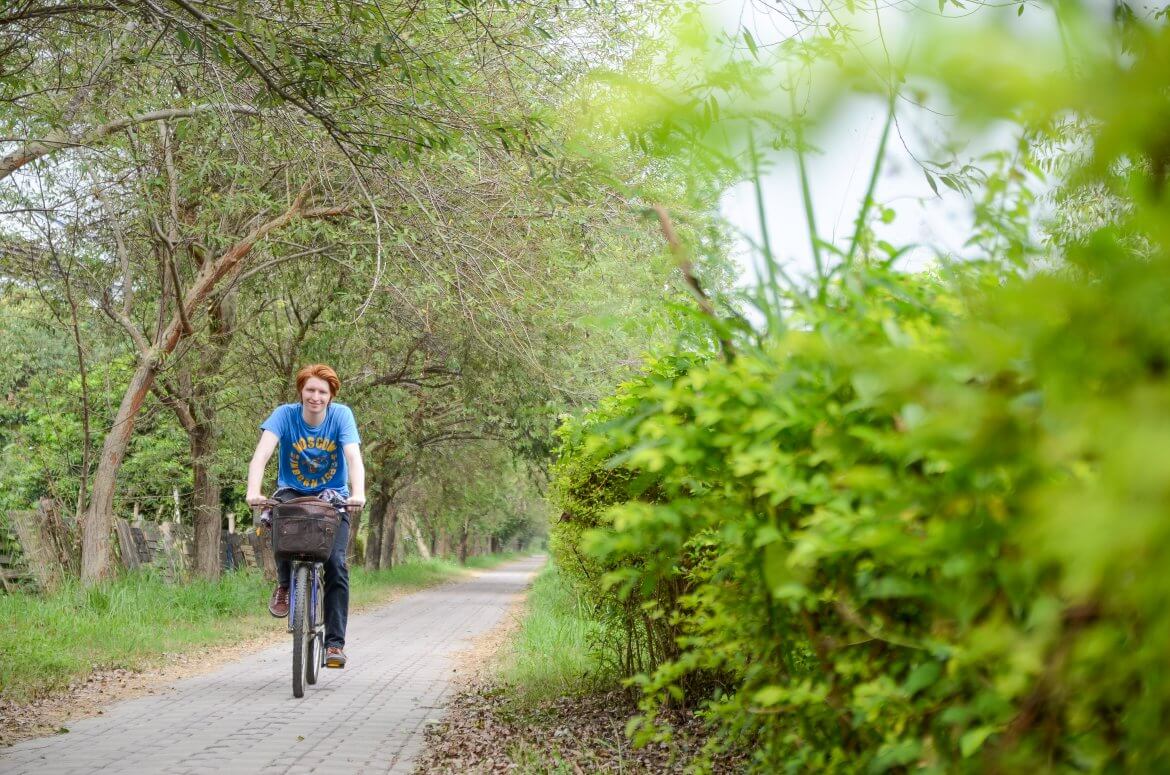
Those with an interest in industrial engineering will have their appetite sated by the Old Railroad Bridge (舊鐵橋), once the longest steel bridge in Asia, which has a span of 1,526 meters and crosses the Gaoping River (高屏溪). The structure, completed in 1913, undulates over the river like a colossal steel serpent, though there is today a gaping wound in this once noble metallic beast, caused by a succession of floods starting in 2005 that have washed away the bridge’s mid-section.

Stop III – Bamboo Mountain Winery
Following our jaunt around the wetland and after picking up my ceramic art piece at the kiln, we continue and make the short ride up to the Bamboo Mountain Winery (竹寮山觀光酒廠). In the main visitors’ hall Yang Feng-mao (楊豐茂), the winery’s chairman, shows us some of his wares. The winery’s signature product is probably the Red Yeast, Onion and Grape Wine. Though unfamiliar, the combination of flavors is pleasant, with a subtle hint of onion seeping through the medicinal tang of the red yeast. “Red yeast has blood-cleansing properties,” says Yang, explaining the rationale behind the strange concoction, “while onion invigorates your organs.” About two years ago the winery collaborated with the National Kaohsiung Hospitality College to perfect the fermentation process for this healthful wine, and Yang says that the winery is the only place in the world that produces this particular blend. The winery also produces concentrated fruit vinegars, which are diluted in water before drinking, and help aid digestion. (More on drinks: A Guide to Taiwan Craft Beers:These are our recommendations for summer of ‘18)
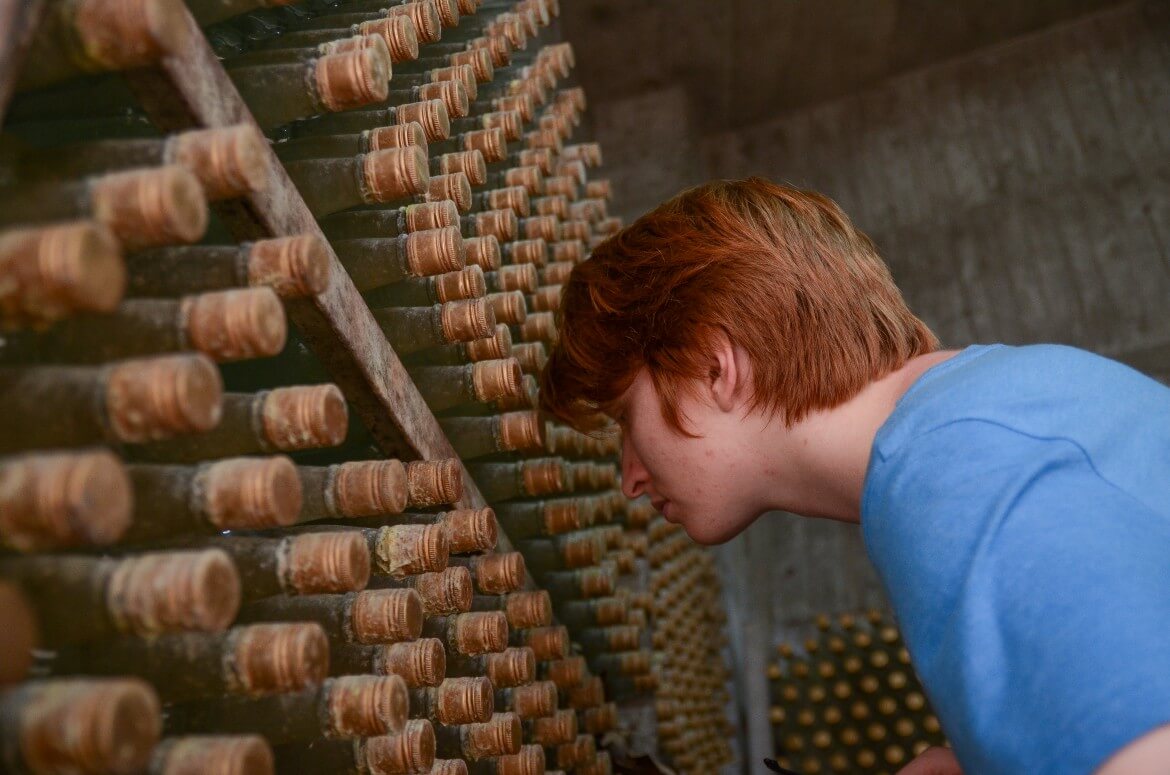
After trying the healthy stuff, we move on to something harder – the winery’s prize-winning Kaoliang liquor. Kaoliang (高粱), a firewater made from fermented sorghum that is popular in Taiwan and mainland China, is the kind of spirit that first-timers might suspect would be rather effective stripping lacquer off old furniture. However, the winery’s 2003 54° Taiwan Real Kaoliang Liquor bagged a silver medal at the 2013 Concours Mondial de Bruxelles Spirits Selection awards, and so I feel I should hold off on my judgment until I’ve at least tasted some. After holding a glass hesitantly to my lips for a moment and muttering a silent prayer to Bacchus, I knock back the clear, glassy liquid and … what miracle is this … I do not wince. I find it is much smoother than the versions I have tried before, with a pleasant roasted essence that coats the palate on its way down.
Stop IV – Fo Guang Shan Buddha Memorial Center
It’s late afternoon by now, and we ride the bus to our last stop, the Fo Guang Shan Buddha Memorial Center (佛光山佛陀紀念館). This center was completed in late 2011 to house a sacred relic – a tooth belonging to Siddhārtha Gautama, the founder of the Buddhist faith. The tooth was presented to the Venerable Master Hsing Yun (星雲大師), founder of the Fo Guang Shan monastic order, in 1998 by the Tibetan Lama Kunga Dorje Rinpoche, who had guarded the relic for three decades following the destruction of its original home during China’s Cultural Revolution.
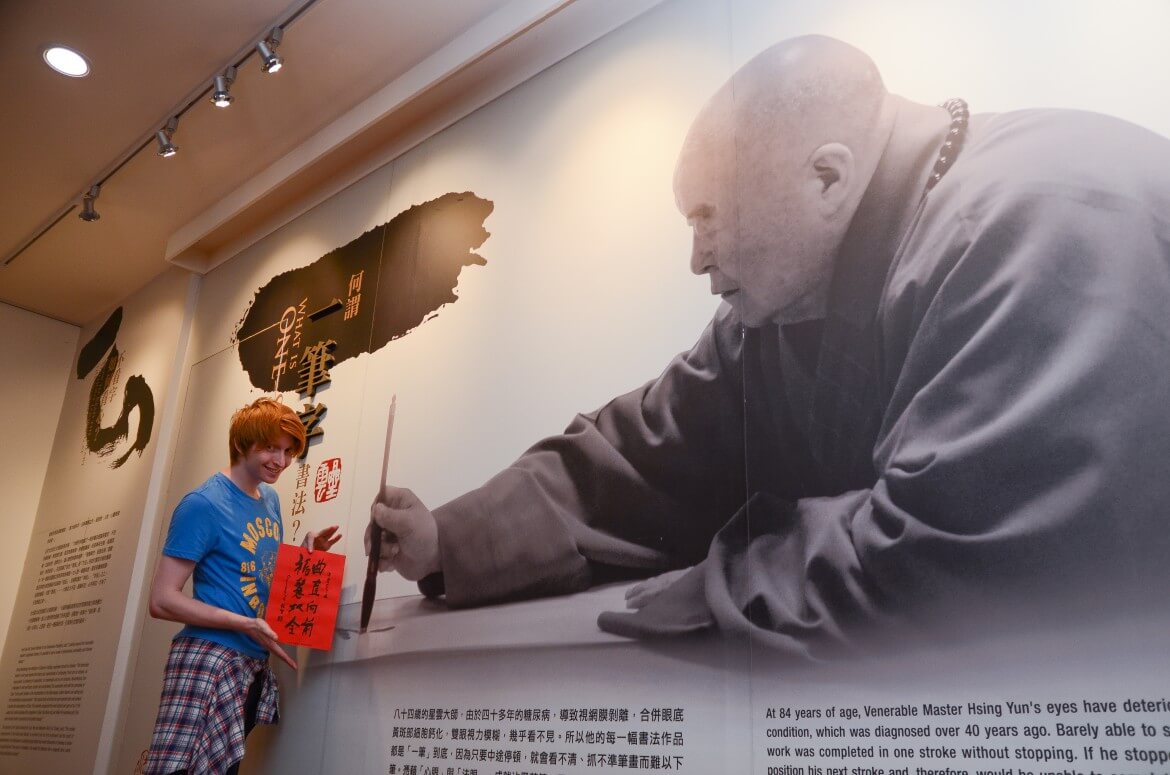
The center is a capacious complex covering an area of over 100 hectares, and is loaded with Buddhist symbolism. At the far western end stands the Fo Guang Big Buddha, a gigantic 50-meter-tall statue of a sitting Buddha forged from 1,780 tons of bronze and steel. In front of him is the center’s Main Hall, topped with four Indian-style stupas that represent the Indian origins of Buddhism. The Jade Buddha Shrine inside the Main Hall is where the tooth relic is kept, and each hour a group of up to a hundred people is led by a master in a pre-unveiling session of meditation, explanation of Buddhist history, and prayer before paying reverence to the relic. Leading up to the Main Hall is the Great Path to Buddhahood – a paved walkway flanked by eight Chinese-style pagodas, which signify both the Buddhist idea of the Noble Eightfold Path and the religion’s spread to China. It’s perfectly possible to be ignorant of all these things and still be astonished at the serenity, the simplicity, and the beauty of the place, especially as the sun starts to set and the pagodas and the Big Buddha are lit up against the twilight.
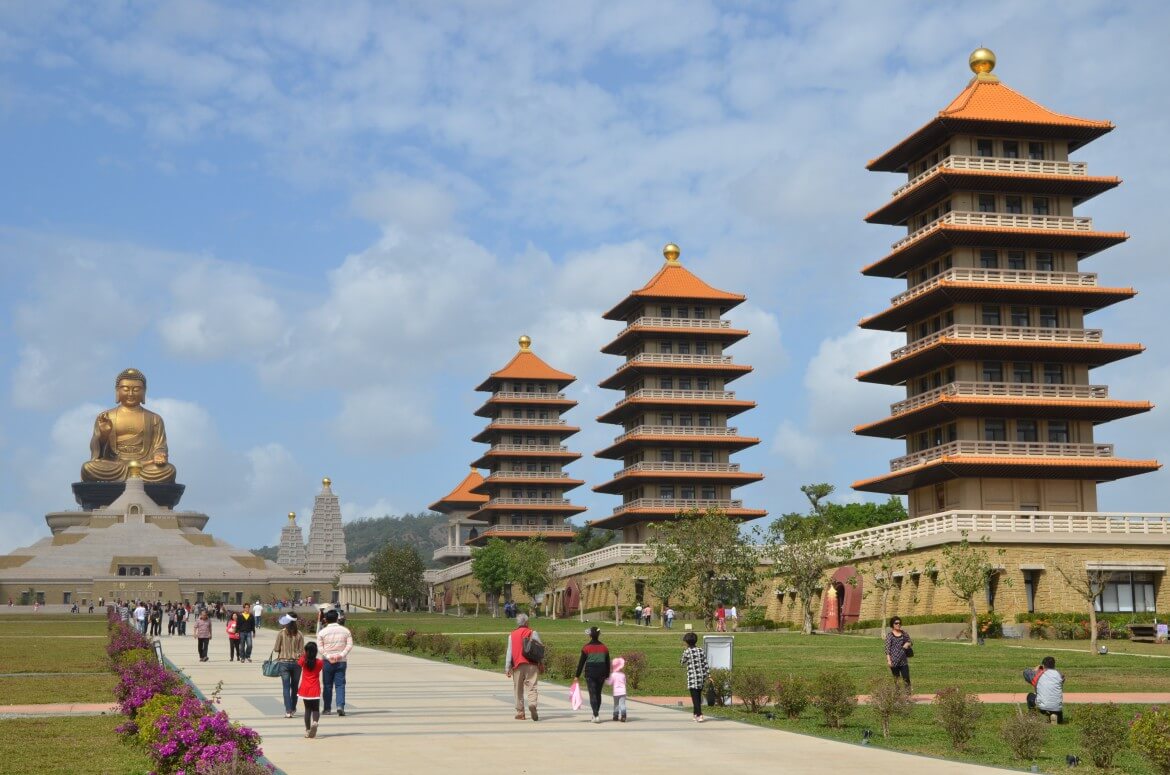
We have arrived late in the day, but you could in fact spend the whole day at the center and not find yourself lacking in things to do. The Main Hall has four exhibition rooms on Buddhist culture, and each of the eight pagodas is itself a museum of Buddhist artifacts. Some great vegetarian restaurants can be found in the center’s Front Hall, including the Water Drop Teahouse, which is managed by the monks themselves and where you can try a hearty butterbean noodle soup with a pleasantly tart Japanese citron sorbet for dessert. (Read more: 10 Ways to Evade and Escape Taiwan’s Summer Heat)
Discover the spiritual Fo Guang Shan Buddhist Center by joining MyTaiwanTour’s Southern Taiwan 5 Day Fun Tour!
This article was published in Travel in Taiwan magazine (Jan./Feb., 2014)

